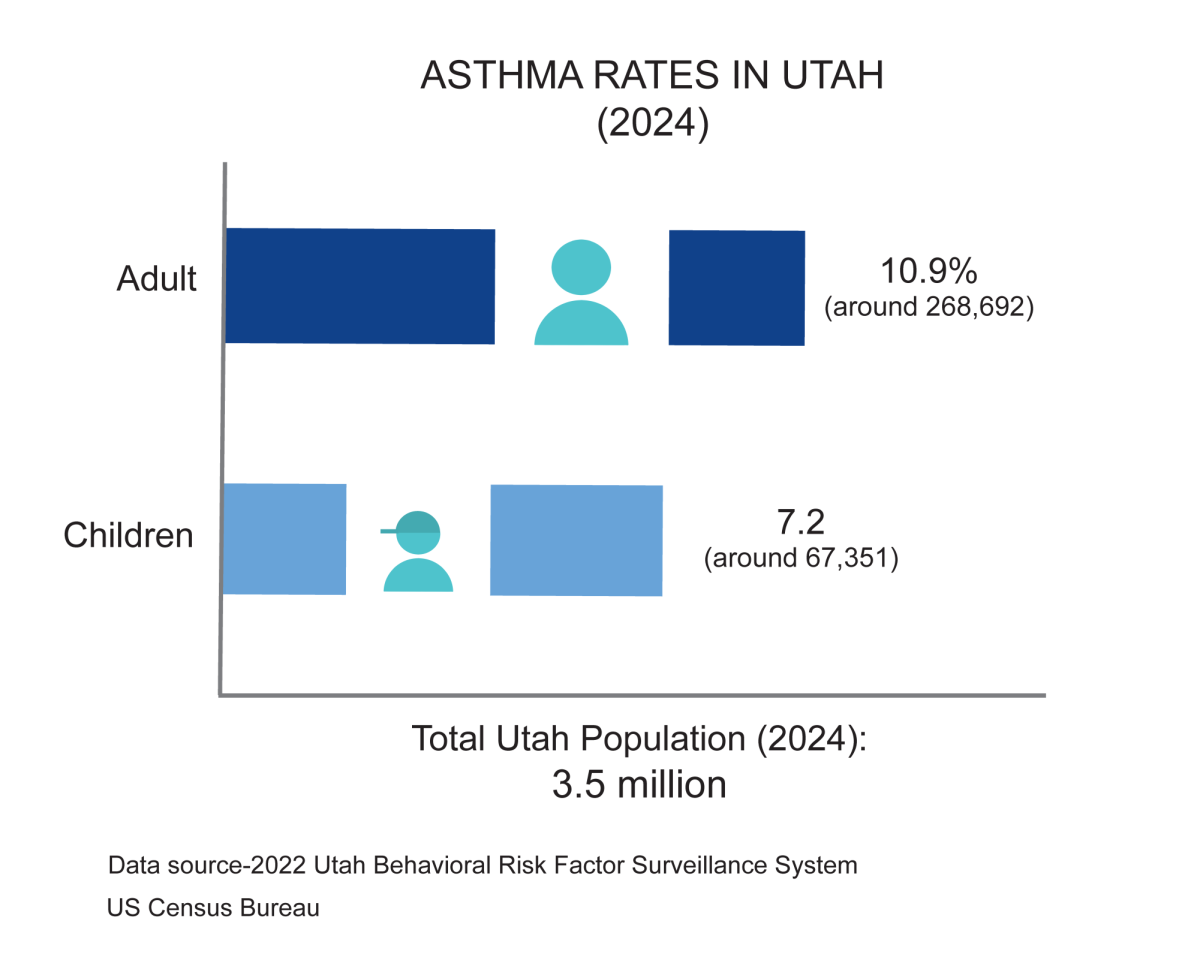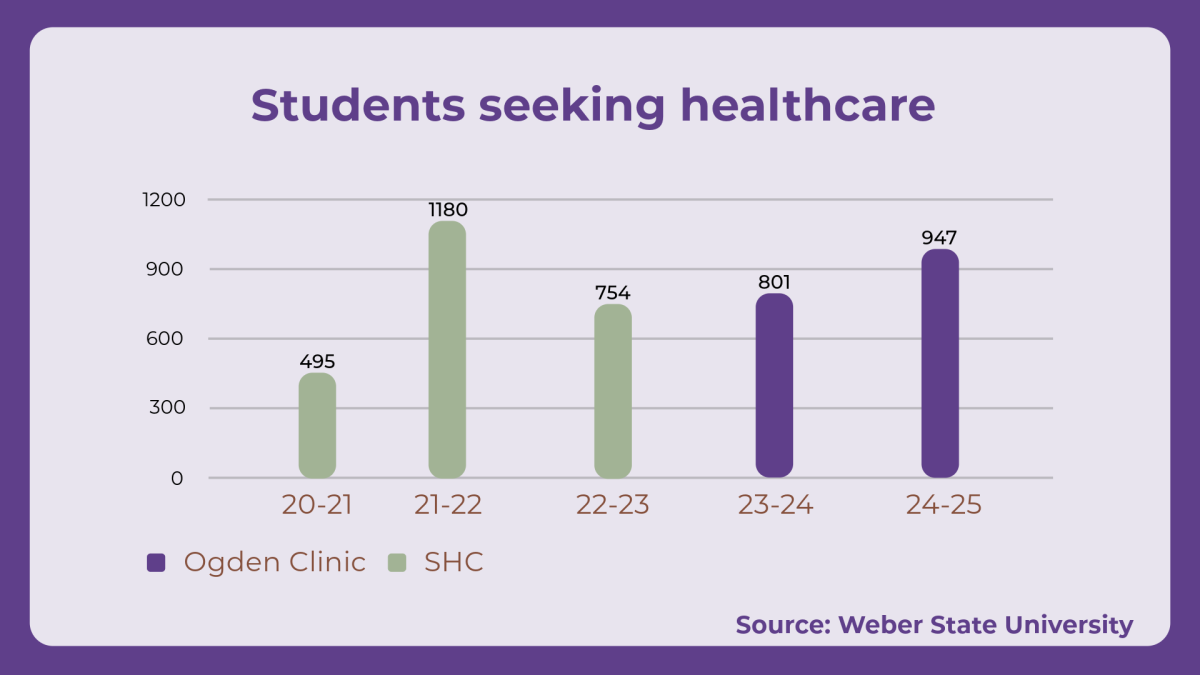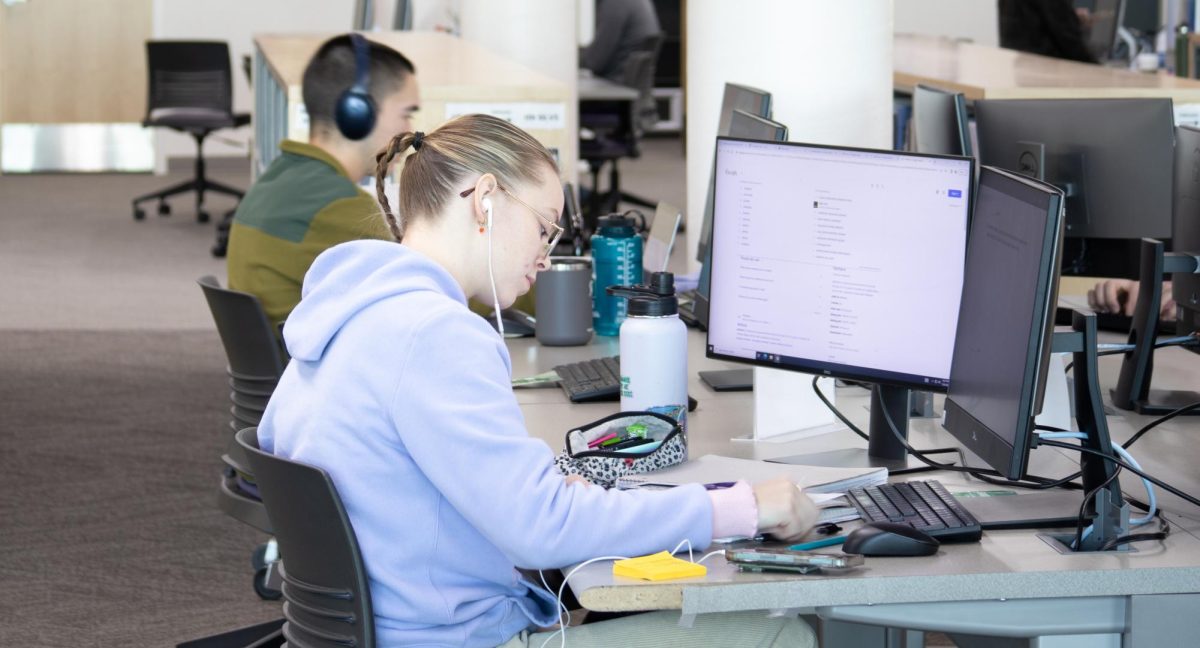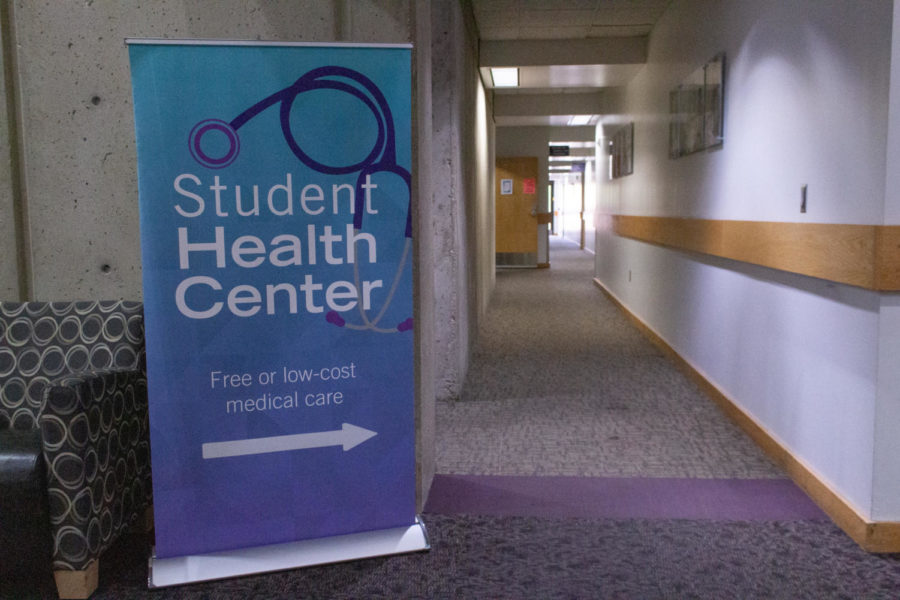
On April 7, Weber State University presented its neuroscience department with the Exemplary Interdisciplinary Collaboration Award for 2014 for the department’s efforts in education, research and interdisciplinary outreach.
The award, chosen annually by WSU President Charles Wight, is presented for excellence in collaborative work across disciplines. Previous winners include the executive committee for the National Conference on Undergraduate Research in 2013, the international economics program in 2012 and the TERM Steering Committee in 2011.
“When I came here in 2006, there were two neuroscientists on campus, Lauren Fowler and Jim Hutchins,” said Matthew Schmolesky, the director for WSU’s neuroscience program. “There were no neuroscience classes, no neuroscience minor and no neuroscience program.”
Since 2010, when the program was officially formed, WSU has added close to 80 students seeking minors within neurology and has fostered a community presence through a variety of presentations and programs, including the internationally observed Brain Awareness Week.
“A lot of people say, ‘Brain Awareness Week? Well, I’m aware that I have a brain, what else do I need to know?’” Schmolesky said. “They need to know about autism, and ADHD, and major depressive disorder, and PTSD, and how all of these things influence us. The more we know about them, the better.”
Brain Awareness Week, held annually in March, allowed WSU students to share their knowledge with approximately 20 local schools, reaching over 1,000 K-12 students, including those from underprivileged or understaffed schools.
“Some of these schools are so passionate about seeing these activities, they come over afterwards and ask if they can come up to campus and get more brain-related activities about sensation, perception, drug-related abuse, traumatic brain injury, helmet safety, or neurological conditions like Alzheimer’s or Parkinson’s,” Schmolesky said. “So it’s really a chance for our students to build their leadership skills, work on education and talk about the brain.”

As the program continues to expand, more students majoring in health sciences, psychology, zoology, chemistry, anthropology and microbiology choose to minor in neuroscience.
“People will receive medical attention for bodily ailments, like a cut or a burn, because they can see them,” said Marisa Richey, a recent WSU psychology graduate. “But many neglect their mental health because it isn’t something that’s easily diagnosed. Brain awareness is absolutely vital.”
With each passing semester, the neuroscience program continues to expand, both academically and through its community outreach and education.
“I like the relationship between the body and your psychology and how it affects the way you think,” said Kai Mendenhall, a WSU neuroscience minor. “Going into neuroscience was the next step because it made really clear connections with thinking patterns and their physiological or biological bases.”
Through the program, Mendenhall is in the process of submitting a grant to research the biological basis for aggression in juvenile inmates and to study how polymorphisms attribute to aggressive behavior and low self-control.
“These little changes in your brain make gigantic changes in the way you pursue your life,” Mendenhall said.
Students interested in pursuing neuroscience as a minor can contact the neuroscience department in Room 330 of the Social Sciences Building.













